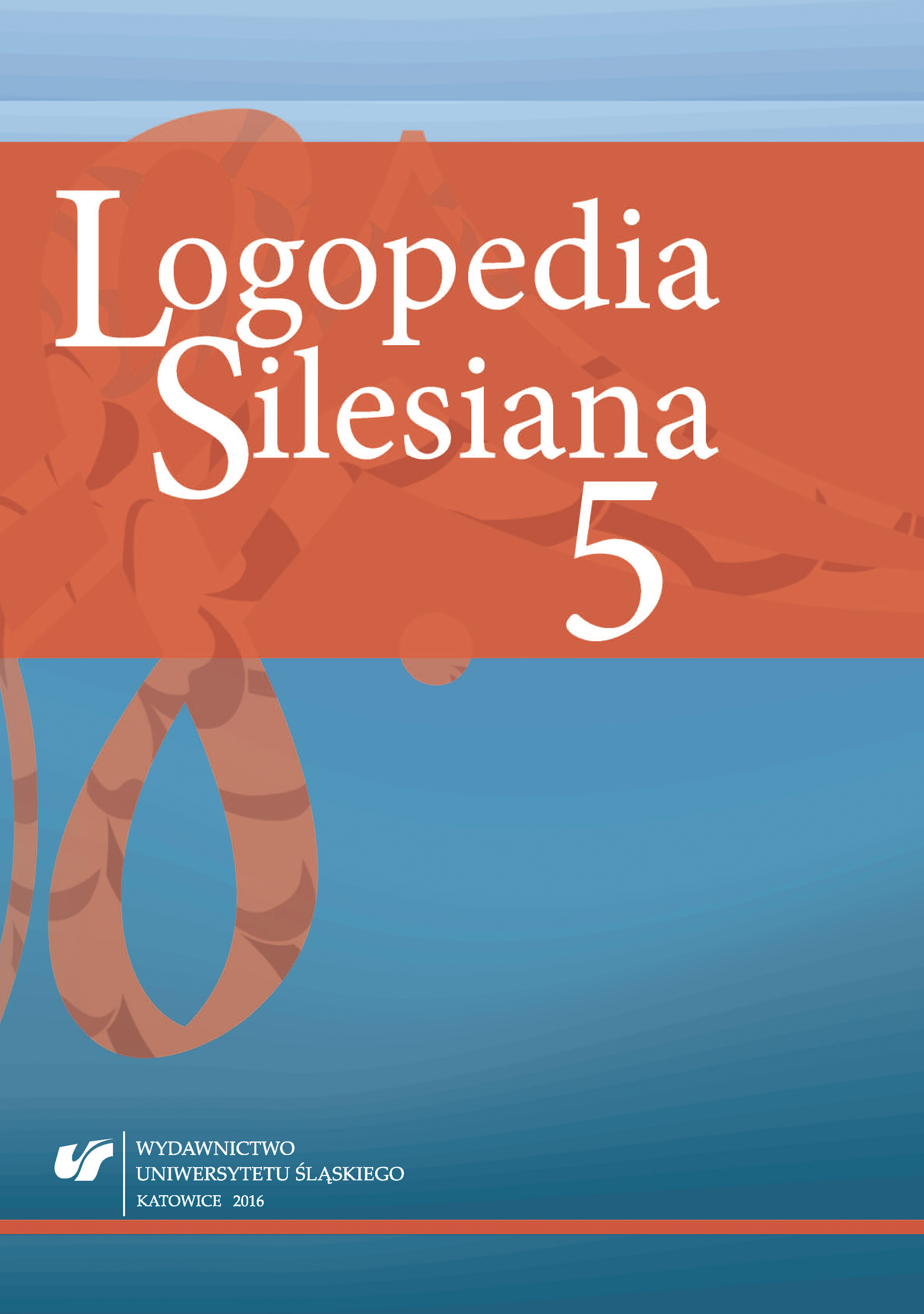Anatomia funkcjonalna ośrodkowego układu nerwowego, cz. 2
Functional Anatomy of the Central Nervous System, Part 2
Author(s): Anna Walawska-Hrycek, Ewa KrzystanekSubject(s): Language and Literature Studies, Health and medicine and law
Published by: Wydawnictwo Uniwersytetu Śląskiego
Keywords: extrapyramidal system; basal ganglia; diencephalon; autonomous system; limbic system
Summary/Abstract: The subcortical structures form the middle part of the central nervous system. Theycreate systems which are some kind of basis for performing intentional tasks with the cooperation of the cortical centers. So the extrapyramidal system provides the fluid motion by the unconscious influence on the muscle tone distribution. However, the cooperation with the pyramidal system and the cerebellum is necessary for the performance of intentional tasks. The limbic system is formed by the grey matter structures which are engaged in the control of memory and learning processes. The major transmission station for the sensory information creates the thalamus which is connected with the extrapyramidal and limbic system. The organism adaptation to the changeable external conditions is provided by the hypothalamus involving many chemoreceptors of grey matter nuclei. It supplies internal balance and the equilibrium of body fluids, making use of the antagonism of the centers located there.
Journal: Logopedia Silesiana
- Issue Year: 2016
- Issue No: 5
- Page Range: 73-88
- Page Count: 16
- Language: Polish

